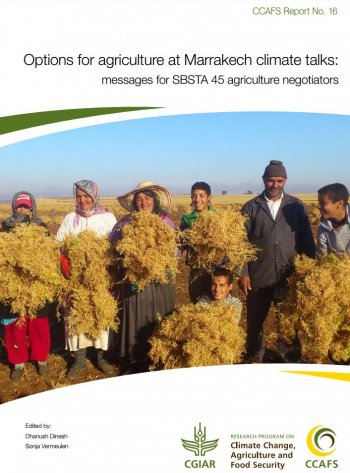Author: Kate Reed
Food Tank, in partnership with the Sacramento Convention & Visitors Bureau, Farm-to-Fork Program, and University of California, Davis, is excited to announce the 1st annual Farm Tank Conference at the Hyatt Regency Sacramento on September 22–23, 2016. This two-day event will feature more than 35 different speakers from the food and agriculture field. Researchers, farmers, chefs, policymakers, government officials, and students will come together for interactive panels.
The event will feature interactive panels moderated by top food journalists, networking, and delicious food, followed by a day of hands-on activities and opportunities for attendees.
Food Tank recently had the opportunity to speak with rancher, lawyer, and author Nicolette Hahn Niman, who will be speaking at the summit.
Food Tank (FT): What inspired you to get involved in food and agriculture?
Nicolette Hahn Niman (NN): It was kind of accidental, really. I was working as the senior attorney for Robert F. Kennedy, Jr., at Waterkeeper, and he asked me to launch a national campaign to reform industrial livestock production. That was the beginning of a journey I’ve now been on for 16 years!
FT: What do you see as the biggest opportunity to fix the food system?
NN: The power of the consumer. Each of us has tremendous influence over the food system because we directly interface with it several times a day. Every penny we spend on food is a vote for what kind of food system we want.
FT: What innovations in agriculture and the food system are you most excited about?
NN: There is an amazing amount of research and work on farms and ranches around the world focusing on the biology, especially the microbiology, of the soils. It seems that having a healthy soil microbiome is the single most important foundation of a viable, sustainable food system. This is amazing since hardly anyone was considering this even a decade ago!
FT: Can you share a story about a food hero that inspired you?
NN: I have met so, so many over the years, and it’s nearly impossible to choose one. They have been men and women of all ages, ethnicities, and backgrounds, and they are simply re-making the food system. One small but powerful step at a time, by creating farms, restaurants, markets, and direct-to-consumer ventures that are founded on the principle of food that is ecologically and humanely produced and healthy to eat.

